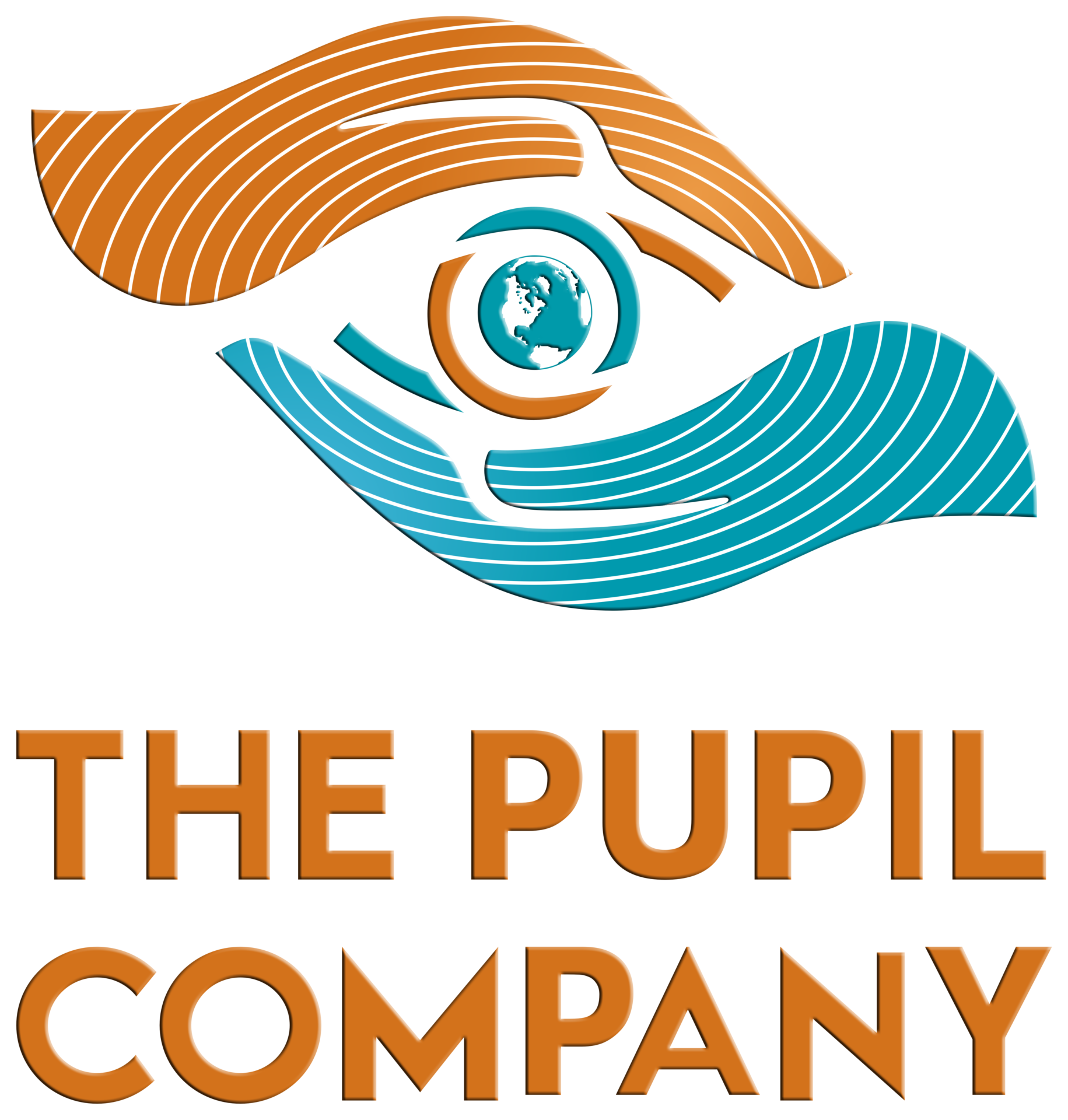In the intricate tapestry of education, time is a precious commodity—a resource that, when utilized effectively, can unlock boundless opportunities for learning and growth. Within the classroom, the benefits of increased instructional time reverberate far beyond the clock, shaping positive outcomes that resonate with students long after the final bell. Let’s delve into why maximizing instructional time is pivotal in fostering a dynamic and successful learning environment.
At its core, instructional time refers to the amount of time dedicated to direct teaching and learning activities within the classroom. This encompasses everything from teacher-led instruction and guided practice to collaborative learning and independent study. By extending and optimizing instructional time, educators can create more opportunities for students to engage with content, develop essential skills, and achieve mastery.
One of the primary benefits of increased instructional time is the deepening of conceptual understanding. Complex concepts often require repeated exposure and practice for students to fully grasp. By extending instructional time, educators can provide more opportunities for students to explore, question, and internalize key concepts. This iterative approach fosters deeper connections between ideas, enhancing retention and comprehension in the long term.
Moreover, increased instructional time allows for greater differentiation and individualization of instruction. Every student comes to the classroom with a unique set of strengths, challenges, and learning preferences. By extending instructional time, educators can tailor their teaching methods to meet the diverse needs of their students more effectively. This may include providing additional support for struggling students, offering enrichment opportunities for advanced learners, or implementing interventions to address specific learning gaps.
Additionally, increased instructional time has been shown to have a positive impact on academic achievement. Research consistently demonstrates a strong correlation between time-on-task and student performance. When students are engaged in meaningful learning activities for longer periods, they have more opportunities to practice skills, receive feedback, and make connections between concepts. This active engagement promotes mastery and proficiency across academic subjects, leading to improved outcomes on assessments and standardized tests.
Furthermore, extended instructional time can contribute to the development of essential 21st-century skills, such as critical thinking, communication, collaboration, and creativity. These skills are increasingly valued in today’s workforce and are essential for success in higher education and beyond. By dedicating more time to inquiry-based learning, project-based activities, and real-world problem-solving, educators can cultivate these skills in their students, preparing them for the challenges and opportunities of the future.
In addition to academic benefits, increased instructional time can have a positive impact on classroom culture and student motivation. When students are actively engaged in meaningful learning activities, they are more likely to feel connected to the material and invested in their own learning journey. This sense of ownership and agency fosters a positive learning environment where students feel empowered to take risks, explore new ideas, and pursue their passions.
